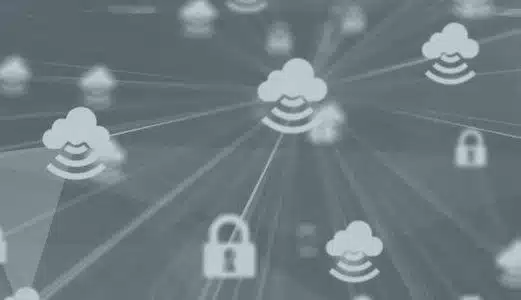IoT development services
Our IoT development services and connectivity expertise

Device connectivity

Data management

Fleet management

Director of Digital Innovation


Our IoT software development services & methodology

SUCCESS STORY
Cloud connectivity & IoT app development services with Velan
- Comprehensive support in IoT connectivity, UX/UI design, and IoT application development services.
- Secure and real-time data migration from connected devices to a web dashboard on Windows IoT platform
- Intuitive web interface development with QR code scanning capabilities for streamlined data access.
Ready to connect?
We are IoT cloud experts
4 Countries
4 countries
ISO 27001 certified
ISO 27001 certified
fortune 500 owned
fortune 500 owned
FAQ: All about IoT Development Services
What are IoT development services?
IoT development services encompass the design, creation, and implementation of interconnected devices, sensors, and software platforms that enable data collection, analysis, and automation.
These services cover everything from hardware integration and firmware development to cloud connectivity, data management, and user interface design for IoT applications.
How does IoT app development work?
IoT app development involves creating software applications that allow users to interact with and manage their IoT devices and data. This includes designing user-friendly interfaces (UI/UX), integrating with various IoT technologies and cloud platforms, ensuring data security, and enabling functionalities such as remote control, data visualization, and alerts.
What types of industries benefit from custom IoT development services?
Custom IoT development services are highly versatile and can benefit a wide range of industries. For instance, industrial IoT can improve production efficiency and predictive maintenance in manufacturing. In healthcare, quality IoT devices enable remote patient monitoring and smart hospital management.


